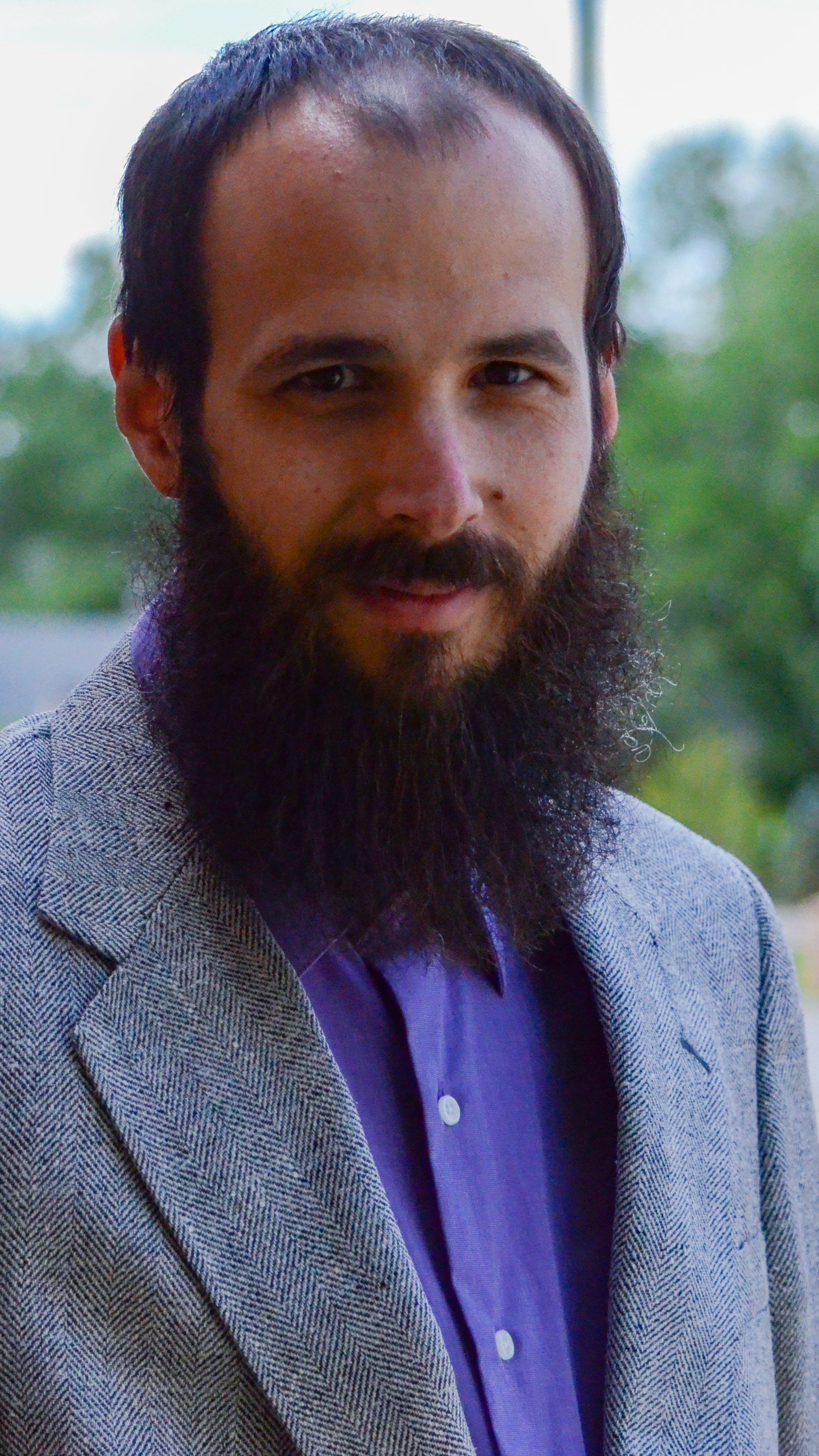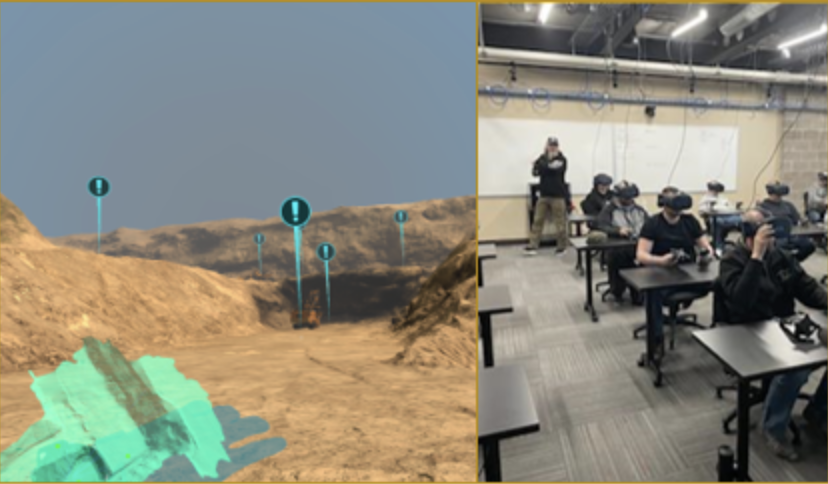SER’s Kyle Summerfield Leads Virtual Reality Integration in Education through Wyoming Innovation Partnership
Published June 01, 2023
By Christine Reed
Kyle Summerfield, the program manager of the 3D Visualization Center in the School of Energy Resources (SER), has been leading virtual reality (VR) and augmented reality (AR) integration into the state’s community colleges as part of the Wyoming Innovation Partnership (WIP).
Created at the request of Governor Mark Gordon, WIP is a collaboration to align education and workforce development and support innovation, entrepreneurship, and research to help drive Wyoming’s economy.
Summerfield is a co-lead alongside Ben Mortiz for the VR subcomponent of the Consortial Infrastructure program within Phase I of WIP.

Tasked with managing $2.5 million to enhance and expand Wyoming higher education institution’s capacities, Summerfield is working to integrate VR into courses, advance the development and creation of VR applications, and to coordinate the deployment of VR resources in a manner that maximizes return on investment.
With broad applications of VR use in education across the spectrum of disciplines and fields of study, the integration of VR and AR can expand the reach of educational programs and provide an additional instructional design tool to engage students in learning.
Through immersive VR, students explore and experience complex concepts in a hands-on and interactive way. Its use fosters more engagement, deeper comprehension, and effective learning, and can reduce the risks of on-the-job training.
Summerfield has spearheaded three major initiatives under the subcomponent in order to accomplish these objectives.
In February, a call for proposals up to $25,000 was released for community colleges to implement any VR hardware or software program that they thought would impact classwork.
All of the proposals received under the call were funded, at which point Summerfield met with each individual institution to make sure that all the software was compatible before dispersing the funds.
A complementary call for proposals is currently underway for a full-time contractor to support each of the community colleges in software and hardware development and maintenance.
“Through these initiatives, we were aiming to increase the availability of VR and AR enhancements in the classrooms around the state,” Summerfield says. “Designating someone that will be able to support these technologies is a critical piece of ensuring the longevity of these resources.”
In May, Summerfield also hosted an extensive three-day introduction to object-oriented program development by using VR hardware, software, and data capture technologies. The workshop at UW provided instruction on tracking paradigms with which educators would need to be familiar, 360-degree photography, photogrammetry (creating 3D models from just photos) and structured light scanning. These tools enable the user to create highly accurate reproductions of real-world objects or environments.
“We provided a training session to make utilizing these powerful tools more accessible,” says Summerfield. “Technology can be really intimidating and often our educators are fighting the perception that they have to be experts in order to employ these resources. By offering a short course, we are literally putting the tools in their hands to enhance the functionality and impacts of their teaching.”
Thirty-five faculty and staff from each of Wyoming’s seven community colleges participated in the training, representing a wide range of disciplines including administration, chemistry, nursing, and criminal justice.
“We are seeking to impact a variety of different fields in these community colleges,” he adds. “I am heavily personally invested in making sure that this technology has an impact in structural and workforce development in the state.”

Summerfield’s expertise and experience has already made a big impression on the state’s workforce training and development. As part of a partnership with the Mine Safety and Health Administration (MSHA) and Gillette College, Summerfield and his team engineered and programmed a surface mining training program.
The program uses virtual reality, 360-degree photos, drone footage, and ground-based LiDAR scans of the Black Thunder coal mine near Gillette. In a platform designed to immerse miners in the VR environment, it allows them to travel around the equipment and site to explore potential hazards and practice safety protocols without actually being at the mine.
“Kyle has just really done an exceptional job,” says SER Senior Director of Research Scott Quillinan. “We have already seen the benefits and advantages of the surface mine training program at Gillette College with over 6,000 students utilizing it to date. Now his work in the WIP program is having even farther-reaching impacts and empowering an entire educational system in the state. We are immensely proud of Kyle and his team, and are glad to see that the work he is doing – often behind the scenes – is being recognized as such an asset.”
About the 3D Visualization Center
Established in 2014, the 3D Visualization Center enables UW to develop a community of innovative visualization users seeking to enhance their teaching, research, and entrepreneurial activity. The mission of the facility is to foster new knowledge and insight, support interdisciplinary research, and drive integration between research computing, data science, visualization, human interaction, and data-capture technologies by leveraging state and national opportunities. Housed in the Energy Innovation Center (EIC), the facility is home to the only four-walled 3D CAVE in Wyoming. To learn more about the 3D Visualization Center and other education-based programs developed within the center, visit http://www.uwyo.edu/ser/visualization-center/.
